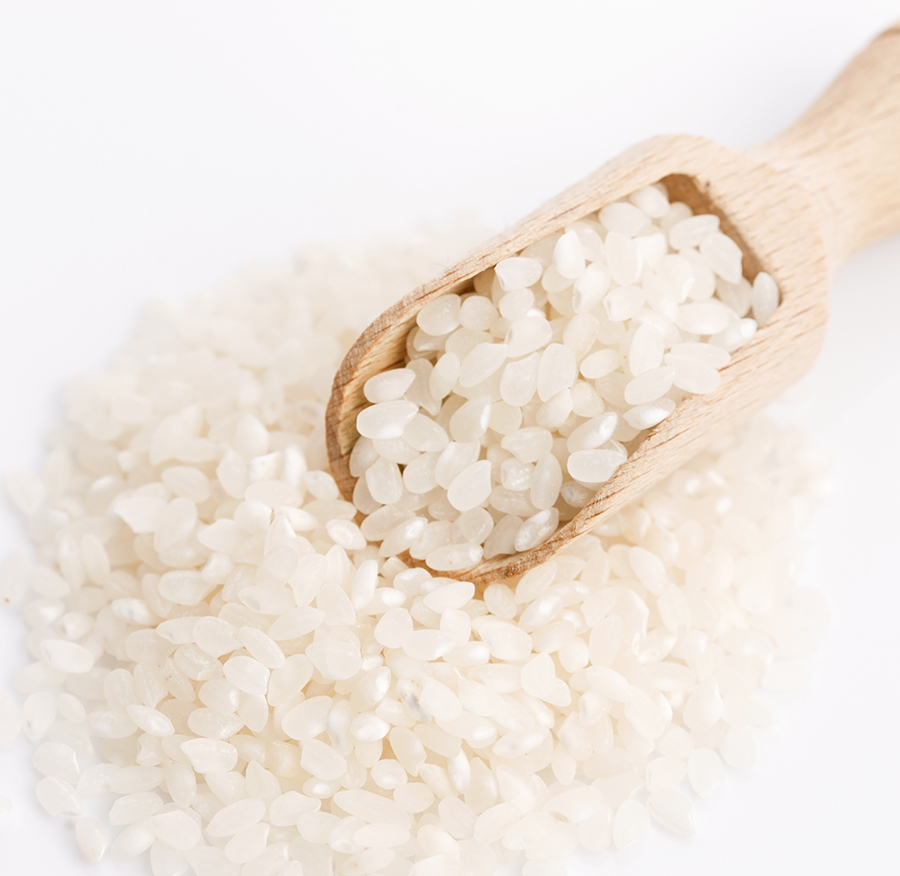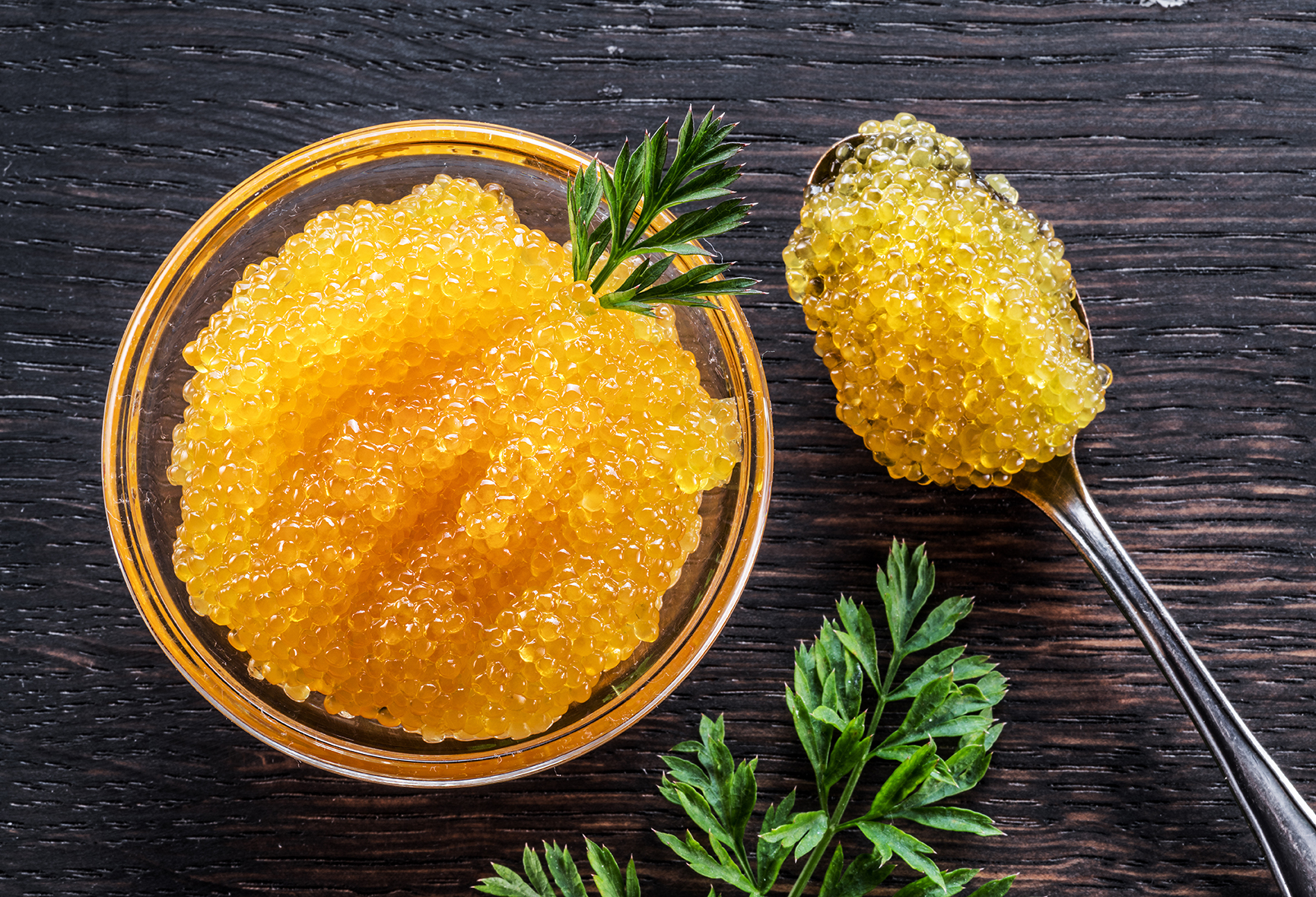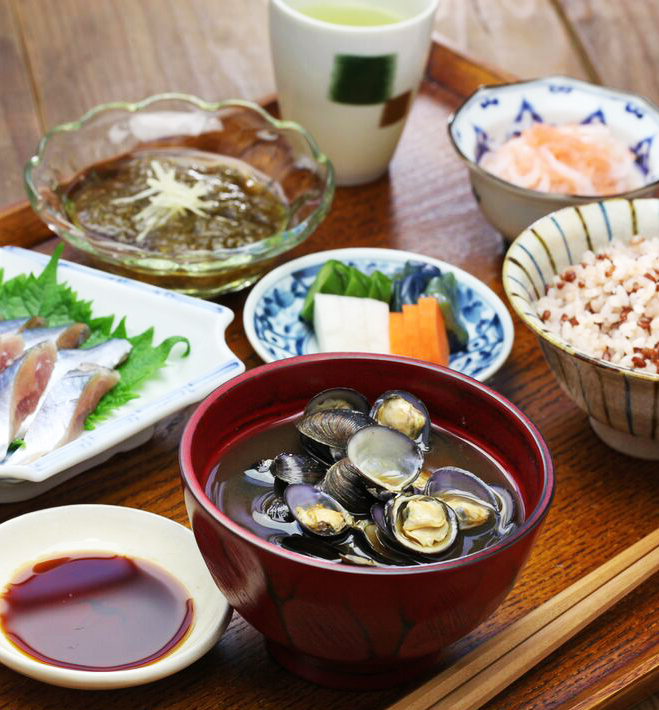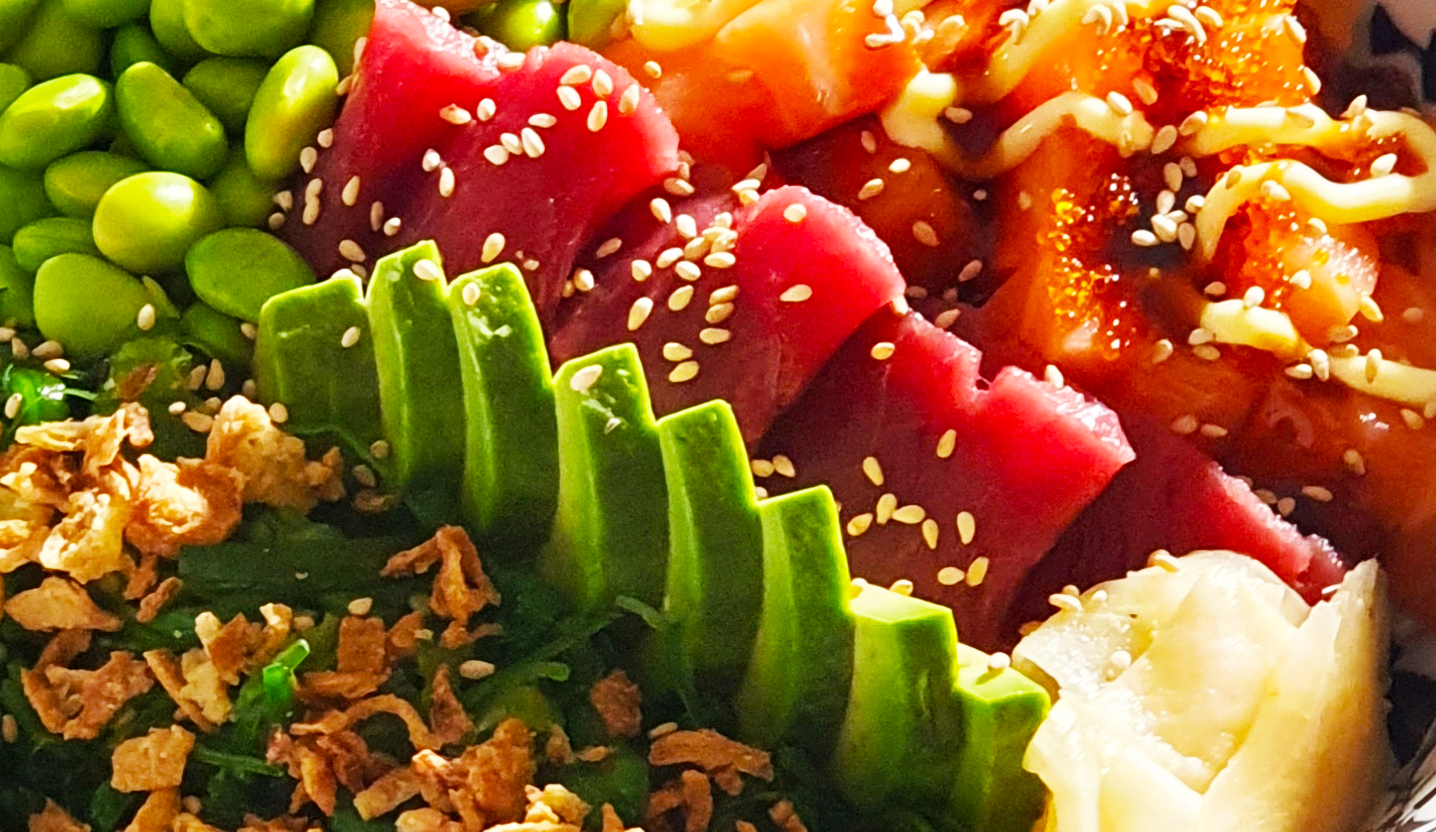What rice to use for sushi?
Rice has great significance in Japanese culture; it is part of the daily life of the Japanese people and constitutes their identity. Rice is the staple ingredient in Japanese cuisine, which is why it is essential to choose the right variety to prepare delicious dishes such as sushi rice.
The quality of Japanese rice
In general, rice varieties can be classified into three groups-long-grained, medium-grained, and short-grained-according to their length-to-width ratio after cooking. Most Japanese rice belongs to the short-grain variety, which is characterized by its small, plump, round, crystalline grains. Short-grain grains have a higher starch content than other varieties, so they stick together after cooking, but without becoming soft-if the rice gets soft, it means it has not been cooked properly. The characteristic “stickiness” of Japanese rice is what makes it easy to pick up and consume with chopsticks.
What is the name of sushi rice?
The rice used in Japanese cuisine, to make sushi, and the dishes that people eat every day, is called uruchimai – rice with short-grain grains. The latter is also used to make sake and rice vinegar. Another type of rice, however, is called mochigome and is also known as Japanese sweet rice or glutinous rice. This variety is used to make rice cakes, mochi, or traditional sweets, wagashi. After cooking, mochigome rice is much stickier and softer than uruchimai rice. Sushi rice is not only grown in Japan, but also in other parts of the world, such as Italy or California, where qualities of rice are produced, with peculiarities very similar to the original grown in Japan. Much cheaper than imported rice, locally grown rice is used more in Japanese restaurants outside Japan.
Where can I find sushi rice?
When choosing Japanese rice there are a few things to consider: freshness, sweetness, texture, stickiness, flavor, and place and date of production. Sushi is no good unless it is cooked with the right variety of rice and is of excellent quality, such as our Nipponia Meiyo Sushi Rice . This rice undergoes a double selection of grains-before packaging-that ensures maximum purity. Nipponia Meiyo Original Rice is a premium sushi rice that is always clean, unbroken, and stored in the vacuum pack, which maintains the original quality and moisture of the grains for a long time, as if just harvested. In addition, this rice is grown in Italy and represents an excellence of Italian quality rice production, including internationally. You can choose from the Nipponia Meiyo Extra Sushi Rice (20 kg package) and the
Nipponia Meiyo Selected Original Sushi Rice (5 Kg package)
How to cook Sumeshi, sushi rice
In Japan, rice prepared for sushi is called shari or sushi meshi; it is cooked rice, flavored and seasoned with rice vinegar, which originally served as a preservative. In fact, sushi originated as a method of preserving fish that was kept filleted inside wooden barrels amid layers of cooked rice acidulated with vinegar. This preservation considerably lengthened the shelf life of fresh fish without altering the taste as happens with salting and smoking. Japanese rice is generally cooked at a one-to-one ratio, so 1 cup of rice and 1 cup of water. One should always read the instructions on the package of the chosen rice to know the recommended amount of water. In the case of Nipponia Meiyo Selected sushi rice, for cooking with
automatic rice cooker
, the rice/water ratio is the same as for Japanese rice: 1 full cup of rice, 1 full cup of water (1:1 ratio)
The procedure for cooking rice is quite simple.
Rice preparation
First, wash the rice in a bowl with water, rubbing the rice between your hands to remove excess starch . Change the water in the bowl several times until the bowl becomes less cloudy. At this point it is allowed to drain and rest for half an hour before moving on to cooking.
Cooking
Sushi rice is cooked in the electric rice cooker or in a pot. In the former case, simply put the amount of rice and water in the right proportion recommended by the manufacturer into the rice cooker, and possibly a piece of konbu seaweed for flavor. Whereas, if you use the pot you proceed as follows:
- Pour in the amount you need of rice, a strip of dried Konbu seaweed, and water.
- Bring quickly to a boil all over high heat until the boiling point is reached. At this point you cover the pot and lower the flame.
- Allow to cook with the lid on, on low heat, for about 15 minutes
- Turn off the heat, remove the lid and cover the pot with a cloth, letting the rice rest for another ten minutes.
Preparation of seasoning
Meanwhile, rice vinegar dressing can be prepared. In a small saucepan, pour 200 ml of rice vinegar (see the
Mizkan KomeSu)
, two tablespoons of granulated sugar and one teaspoon of salt. Heat everything until the sugar dissolves-it should not boil-and the dressing is ready.
How to season rice
Using a wooden paddle, pour the rice into a bowl and separate the grains well, moving the paddle from right to left and from top to bottom-the important thing is not to crush the rice.
Now add the prepared sushi vinegar , a little at a time, until all the rice is covered. Tip: To move the rice, use only a wooden paddle, because a metal spoon can damage the rice.
A second tip is to never pick up the rice from the bottom of the pot unless it comes off easily. The rice at the bottom is dry and burned, so it would spoil the flavor of the sushi. Always use a wooden or plastic bowl to store rice in the refrigerator.




